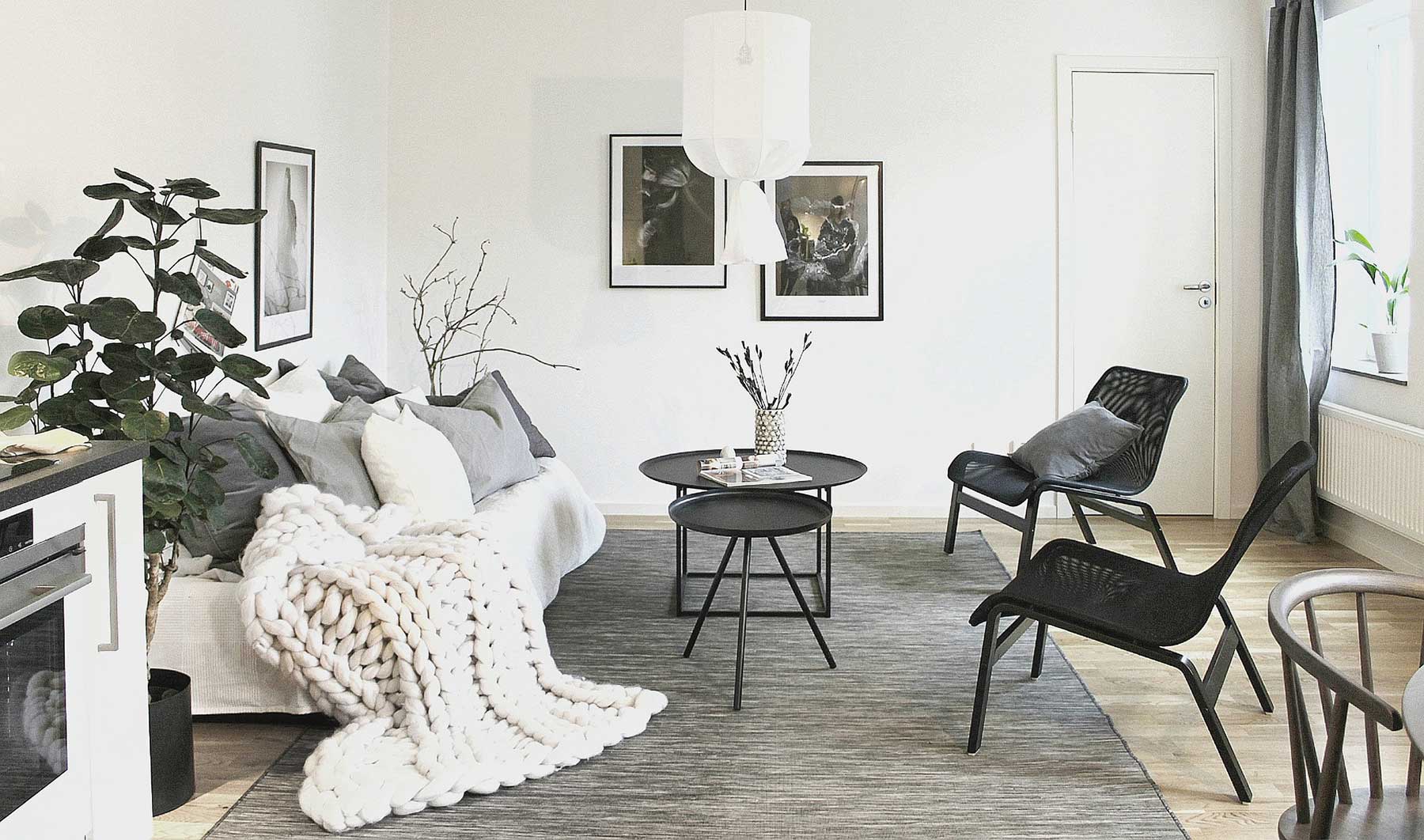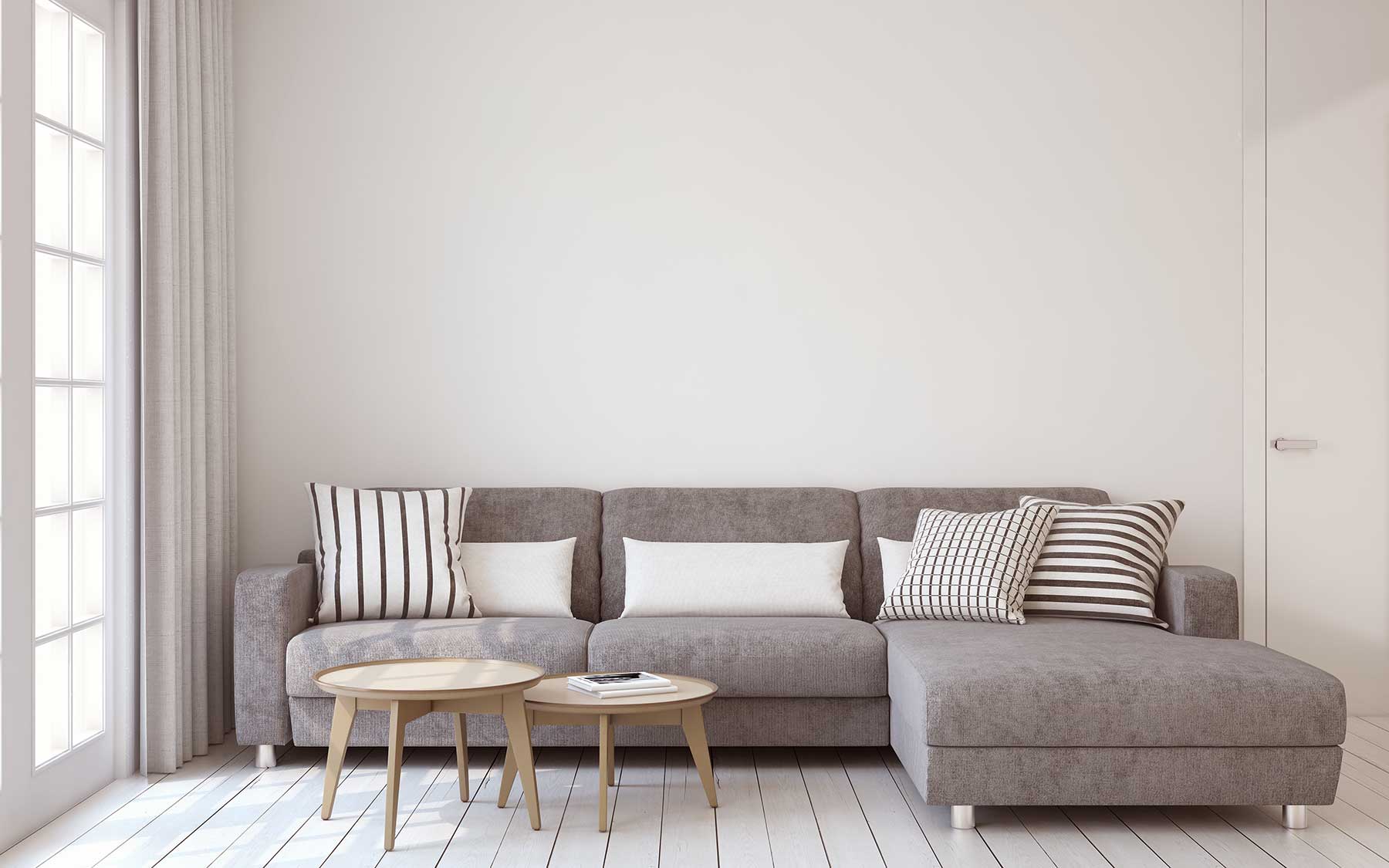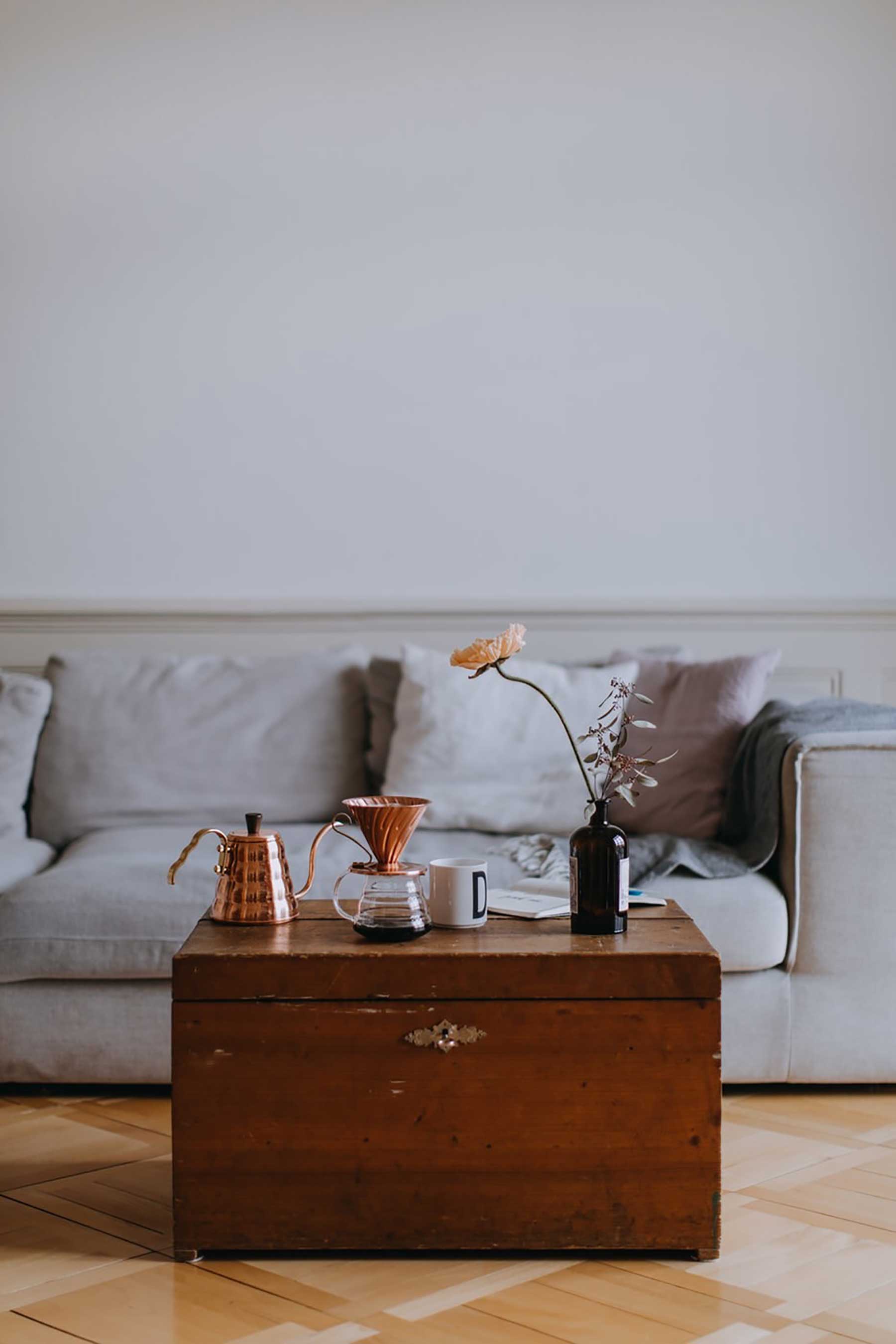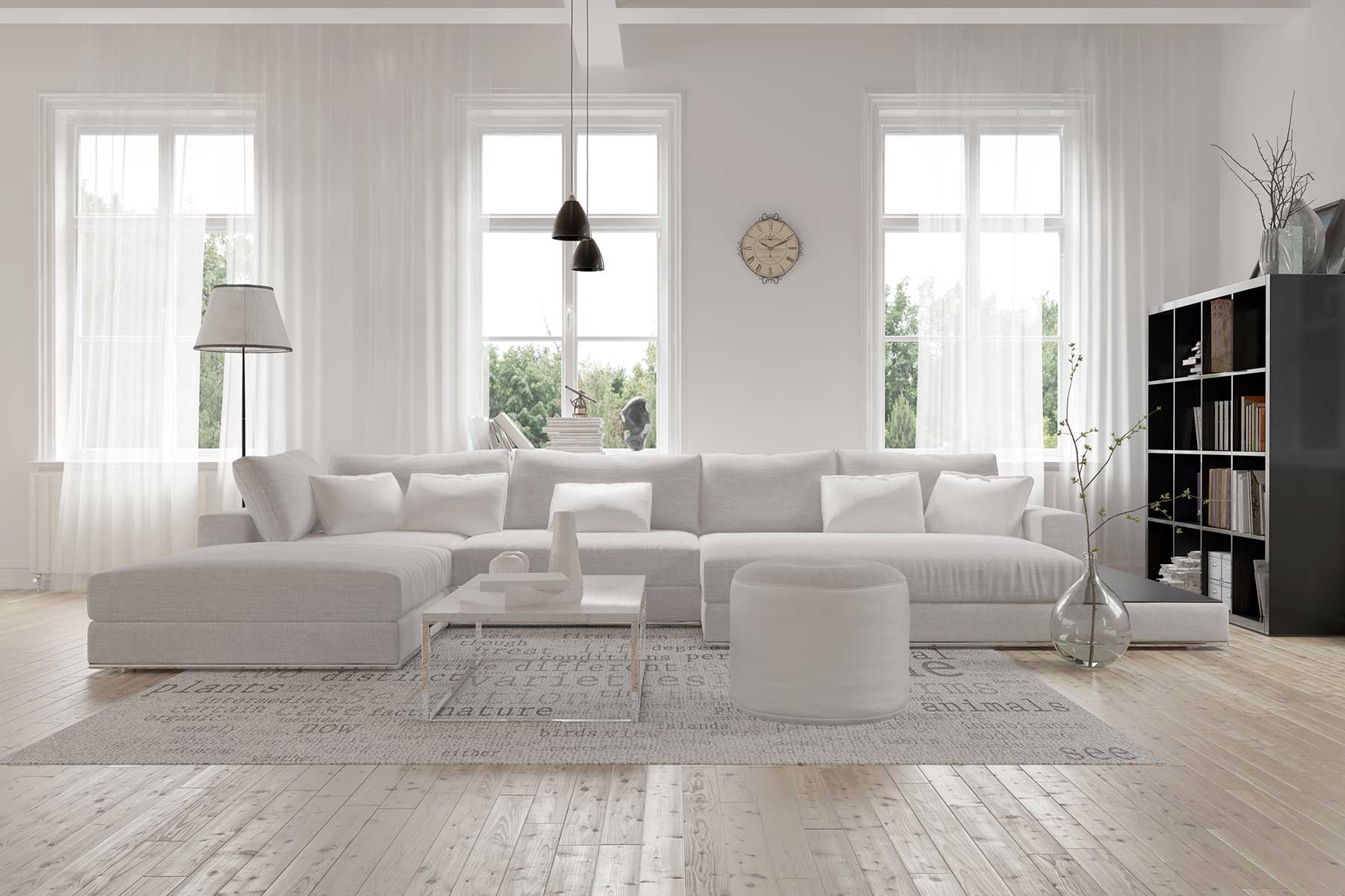Creating your budget
When figuring out what your budget should actually be, go through your home room by room. This will give you an idea of how much each area is going to cost to furnish and provide an overall ballpark figure to stick to. It also highlights areas where you can or need to cut back.
There are several factors you need to consider:
- The size of the room that needs furnishing
- The items that need to be bought. Remember, there may be some furniture items that you’ll be holding on to which will obviously help bring down the overall cost. Another thing to note here is that you can always reupholster or recycle existing furniture to make redecorating a bit more affordable.
- What accessories do you require? This could be anything from bed linen to artwork and even through to throws, cushions and lamps.
5 tips to sticking to that budget
1. Take your time
It’s very tempting to want to do everything at once. For many people, home doesn’t feel like home until it’s fully furnished and decorated in a way that reflects you, your style and the way your family plans to use the space. But rushing through it and trying to do everything at once means you may end up forking out more money than you need to.
Consider your choices carefully and do your research. Trawl through the internet and speak to any experts you have in your network. Visit as many furniture shops as you can to ensure you’re getting the best value for money on your big ticket items. Sure, you may fall in love with a couch but there may be a very similar one at a store down the road for half the price.
2. Don’t be afraid to DIY
There’s plenty of things you can do yourself to make your house feel like a home. Whether it’s upcycling an old sideboard with a fresh lick of paint or updating some lamps with new lampshades, these are cheaper options than buying something new.
As an added bonus, when friends admire your upcycled pieces, you can proudly declare that you had a hand in making it. If you don’t want to do it all yourself, simply reupholstering some quality pieces will breathe new life into them and make them feel brand new again.
3. Invest in good pieces
Shop wisely. Have you ever heard the saying ‘buy cheap, buy twice’. Find your staple items and invest in those. Then, accessories with cheaper options.
Your couch, for example, should be of good quality. You’ll use this every single day and it should be comfortable. Buy an uncomfortable couch and every time you sit down, you’ll be wishing and dreaming for a new one.
When it comes to the smaller accessories, don’t be afraid to bargain shop. Lamps, decorative baskets, throws and cushions don’t need to be the best of the best. Finding the right ones though will add another layer to your design.
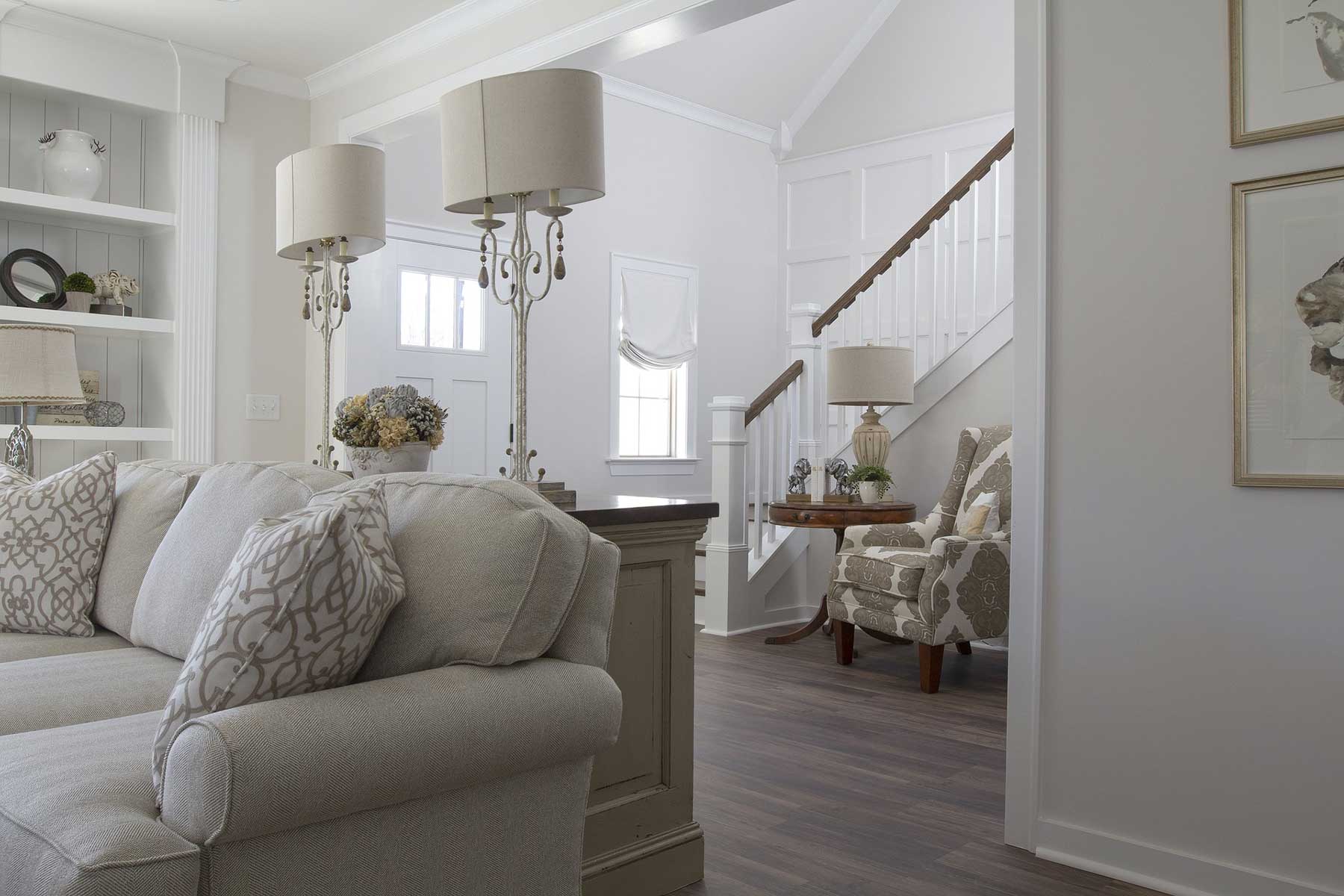
4. Embrace vintage
Vintage styling is quite a specific taste, but even heading to some of the thrift or second-hand stores can reap excellent rewards. Those charming pieces often come at a cheaper price point than brand new. And remember, just because someone has chosen to discard a piece of furniture doesn’t mean there’s no life left in it. They may be just the item you’re looking for.
Another tip is to visit auction houses or moving sales. Often, when people move, they sell a lot of their current possessions to make way for new things. These can come at heavily discounted prices compared to retail. Items such as artwork can be found at a huge bargain.
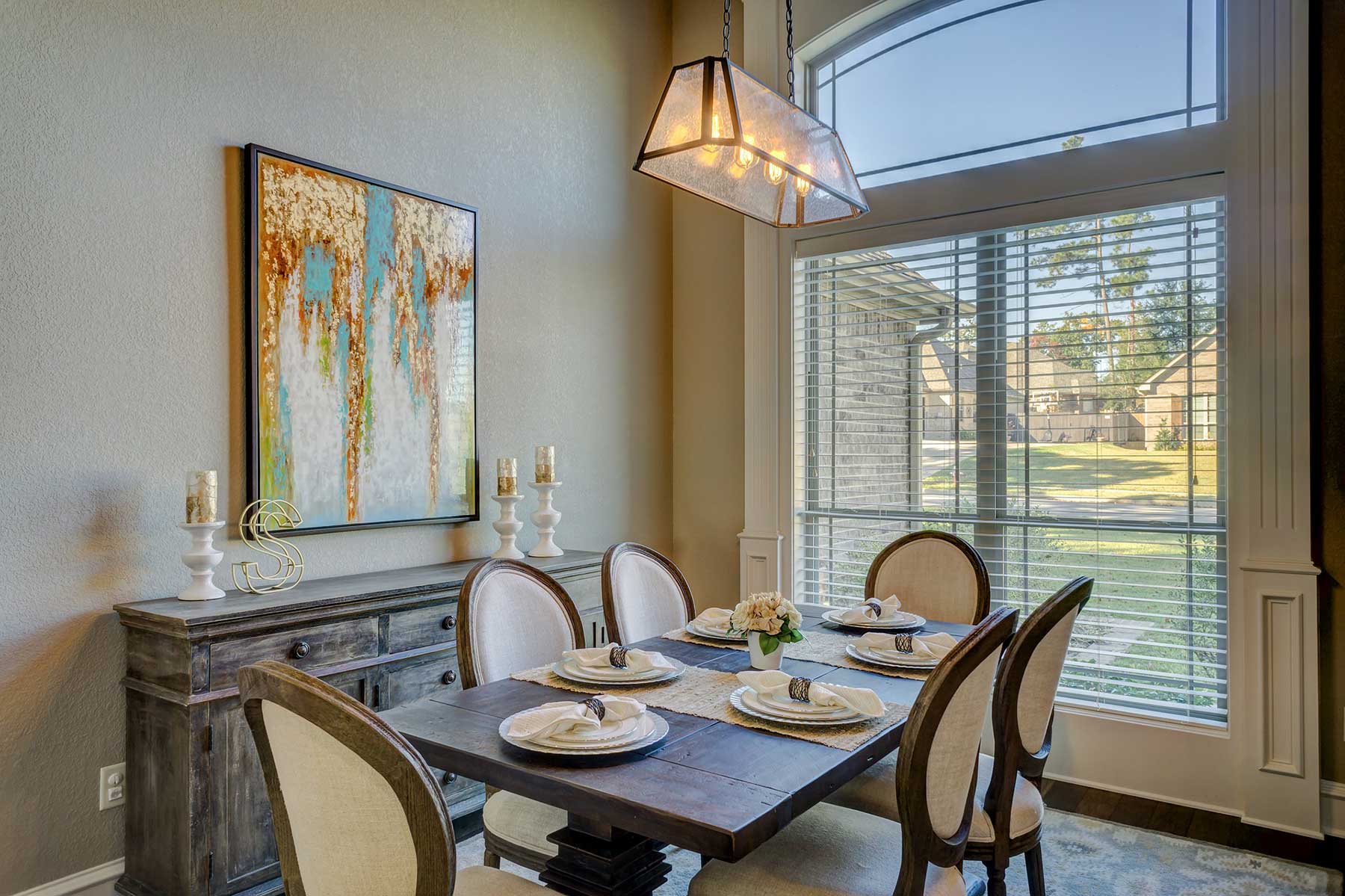
5. Let heroes be heroes
Choose one hero piece for each room and let it shine. By choosing the coffee table, the bed or the dining table to be the statement piece, you can then find more affordable options for the rest. Remember, you may find the perfect dining table that makes a statement and will stand the test of time. Buying a matching console may mean the dining table loses its uniqueness.
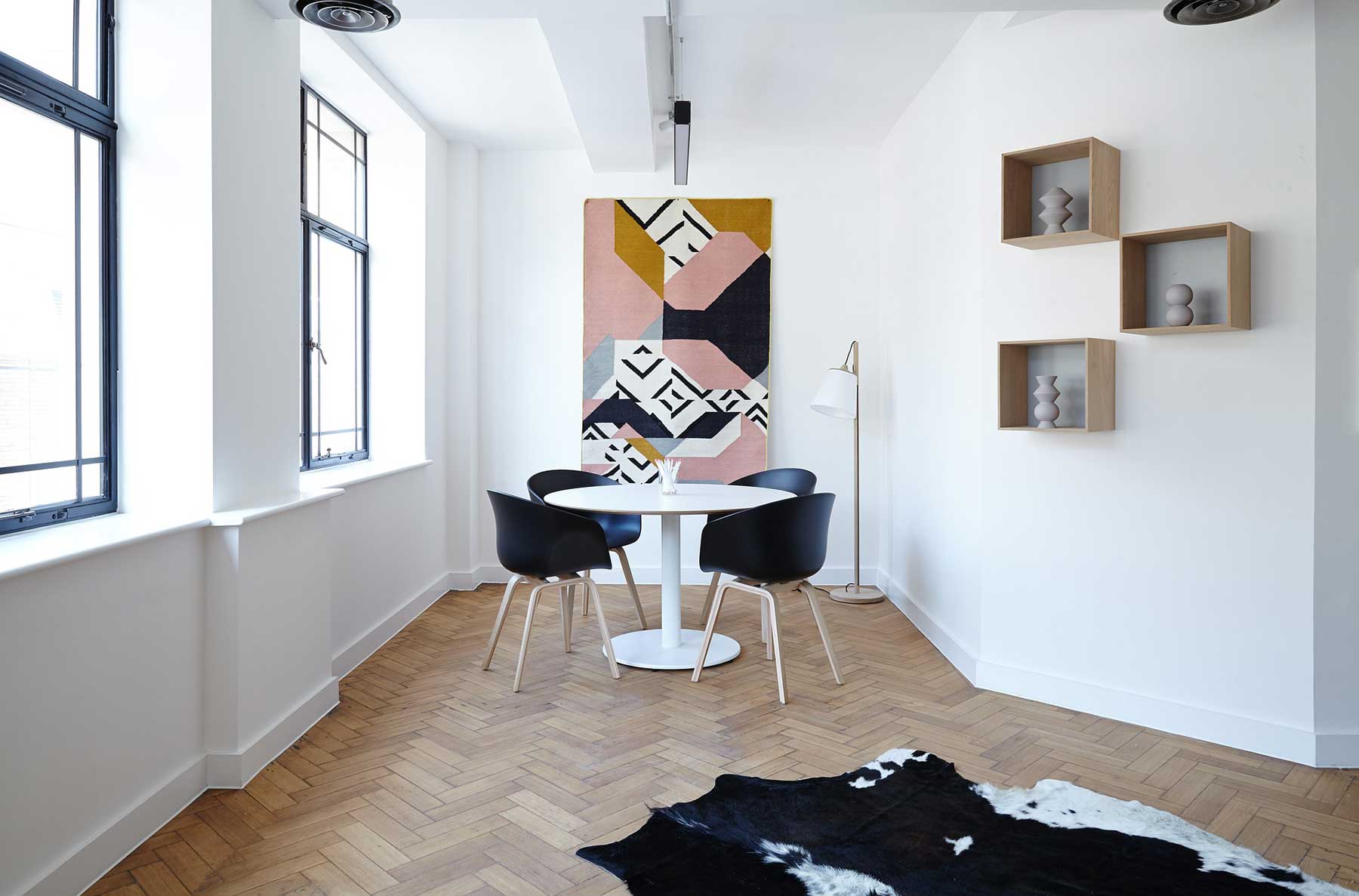
Go slow
Going slowly through your house and decorating room by room can actually serve a much larger purpose than just helping your wallet. It will ensure you are continually revisiting your budget to ensure you’re staying on track. But above that, it also helps to understand your home before fully furnishing it, which is important if you’re moving into a new home rather than simply redecorating. As you use your home, you’ll notice the different quirks of each space and you’ll gain a full appreciation of how you use each individual area. This will help furnish the rooms properly and effectively, rather than choosing ad hoc furniture that may not serve a purpose at all.
The very best tip we can give though is to enjoy the process. Just because you’re styling on a budget doesn’t mean you can’t have fun along the way. There are plenty of ways to create a beautiful, stylish home without breaking the bank.

